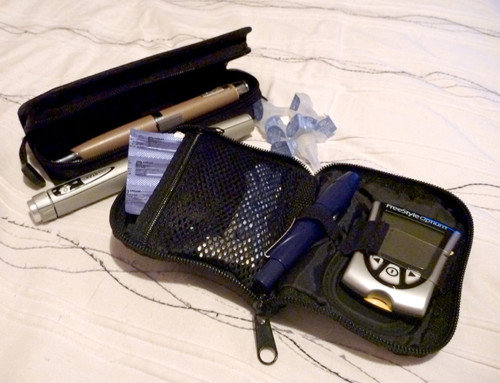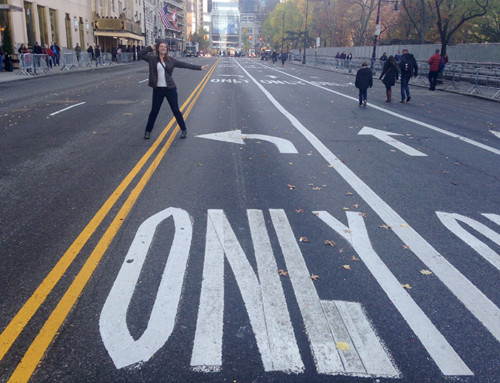Setting off on a long-haul flight to start an overseas adventure is so exciting. Sitting on planes for hours and dealing with jet lag once you land, not so much. But for those of us who are diabetics, having to deal with type 1 diabetes, long-haul flights and jet lag can make traveling incredibly grueling.
Today is my third day in South America and I can happily say I finally have my body back under my control. Jet lag has been kicking my ass for the past couple of days, of course not being helped by swinging sugar levels.
I’m currently 14.5 hours out of my Adelaide, Australia timezone, so basically I’ve had to switch my body clock from morning to night. Leaving at 8am to travel what felt like a never-ending 25 hour day with no sleep, and being fed every few hours whilst doing nothing but sit was not the easiest diabetic challenge to deal with. But I handled it and, I think, handle it well.
So here’s what I did to make both traveling and timezone adjusting with diabetes easier:
Bolus dose at every meal
As I’m on the pen not a pump, a usual day involves me injecting 5 times. Long acting insulin in the morning and evening, with 3 short acting insulin doses at breakfast, lunch and dinner. As my first flight left at 8am, I took my standard morning dose of long acting insulin and then administered the short acting shortly after when my breakfast was served on the first flight.
Experienced with long-haul flights, I knew this first ‘normal’ meal of the day would be the only one to match my usual meal time. So every time I ate on the following 2 flights I bolus dosed a slightly higher amount than I usually would. Sitting for hours at a time not moving, not following my regular sleep pattern, and eating every few hours throws my whole body out of whack. My main aim during the long-haul flights is to make sure that my sugar level doesn’t become very high and remain there.
Upon arriving at my destination at approximately 9pm, even though 25 hours had passed since my initial morning long-acting dose, I took my regular evening long-acting dose. I was able to sleep (or rather collapse in exhaustion) through the night, and wake up the next morning to my regular dosing schedule.
Don’t nap, just sleep at night
This is a tip that I gave in a previous Tips on Dealing with Jet Lag post, however the theory is much easier than the practice.
I need to force my body to adjust to wherever I am, both the diabetes side and the sleep side. Napping continually during the day just extends jet lag and doesn’t allow your body to get into a regular sleep rhythm. Same goes for diabetes adjustment. I find that randomly sleeping messes with my sugar levels making them far more difficult to get under control.
But try as I might to not sleep until it is actually bedtime, that first day after landing my eyelids would not stay open. So I ended up taking a nap at 3 o’clock in the afternoon. But I set my alarm. In fact I set two alarms. I only allowed myself to sleep for an hour. Any longer and I wouldn’t be able to sleep later in the night, and an hour is like an extended power-nap giving me the energy to keep going with my day. I actually ended up watching a hostel movie until 11pm that night.
Spend your days in the sun
Sunlight is amazing for jet lag. The vitamin D your body receives and the effect of early morning sun on your brain encourages the body to be more alert and awake. Enjoying the sun also makes you relax and feel happier. Yesterday it was overcast here, not the beautiful sunshine it is today, so whilst my plans to lay on the beach fighting jet lag had to be modified, I still stayed outside as much as possible. Getting up early, eating breakfast, walking to town, looking through shops, eating lunch at midday, and showering in the afternoon to keep myself from falling asleep again let me stabilise my diabetes and body clock.
So today I feel good. The sun is shining today in Ecuador and I am headed to the beach!







You’re there! So glad you arrived safe. Cant wait to read all about your adventures! xx
I’m here and today got sunburnt! 🙂